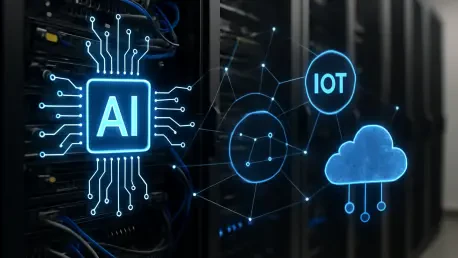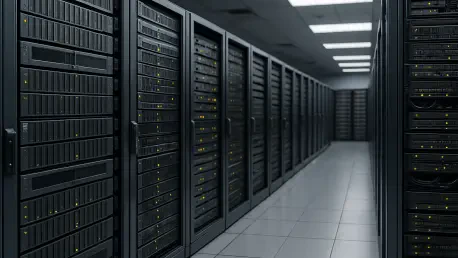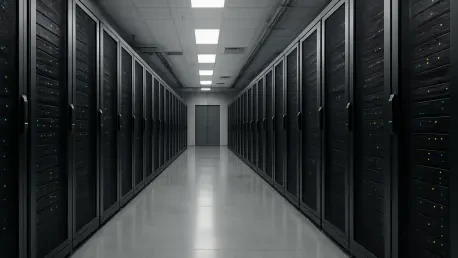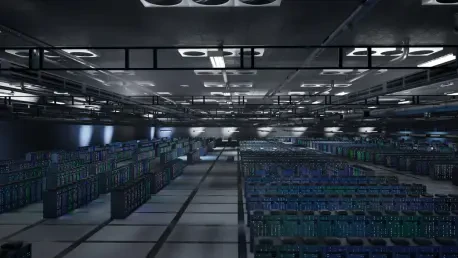
In a world where artificial intelligence is the new frontier, the microchips that power it have become instruments of national security and economic competition. Navigating this landscape requires a deep understanding of the complex web of regulations governing their sale and use. Today, we sit

Imagine a world where every click, search, and AI-generated insight relies on an invisible network of colossal facilities humming with power and data. That world is right now, in 2025, as the global data center industry experiences a staggering explosion of growth. Billions of dollars are being

Imagine a world where businesses can slash IT costs, boost system uptime, and shrink their environmental footprint all at once—sounds like a tall order, right? Yet, this is exactly the promise of third-party hardware maintenance services for data centers and networks, a market currently pegged at

What happens when the digital revolution outpaces the physical world? In the relentless pursuit of artificial intelligence dominance, the United States and Europe are racing against a ticking clock—not just of innovation, but of energy grids groaning under pressure and land vanishing under

Imagine a world where the relentless hunger for digital innovation—fueled by artificial intelligence and cloud computing—pushes data centers to consume more energy than entire cities, yet the grid struggles to keep pace. This is the reality of today's tech landscape, where energy demands are

I'm thrilled to sit down with Matilda Bailey, a renowned networking specialist whose expertise in cellular, wireless, and next-generation solutions has made her a go-to voice in the evolving world of data center interconnect (DCI) and optical networking. With DCI experiencing unprecedented growth
1 2 3 4 5 6 7 8 9 10 11 12 13 14 15 16 17 18 19 20 21 22 23 24 25 26 27 28 29 30 31 32